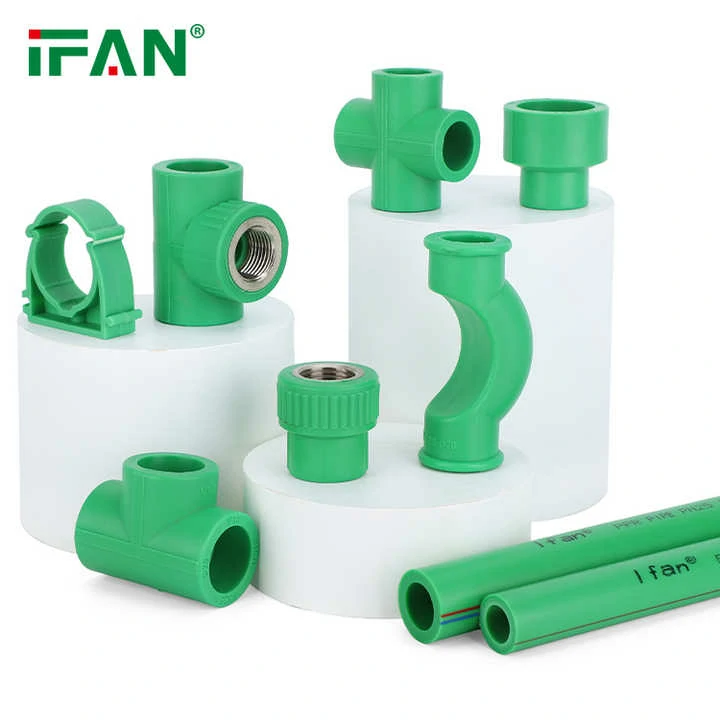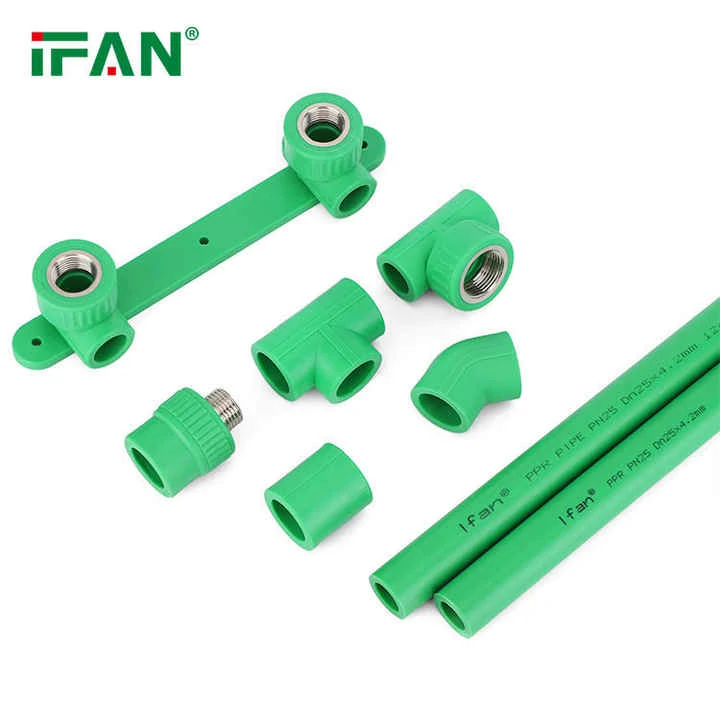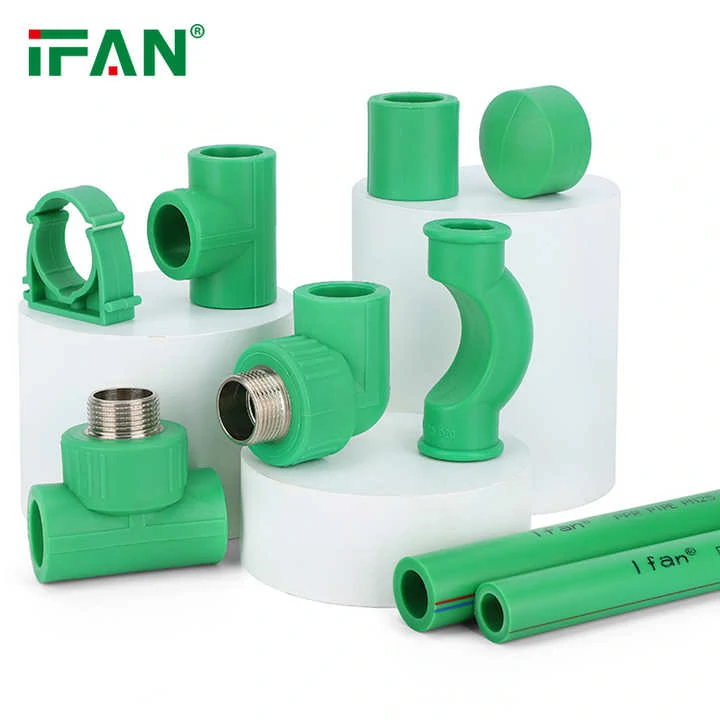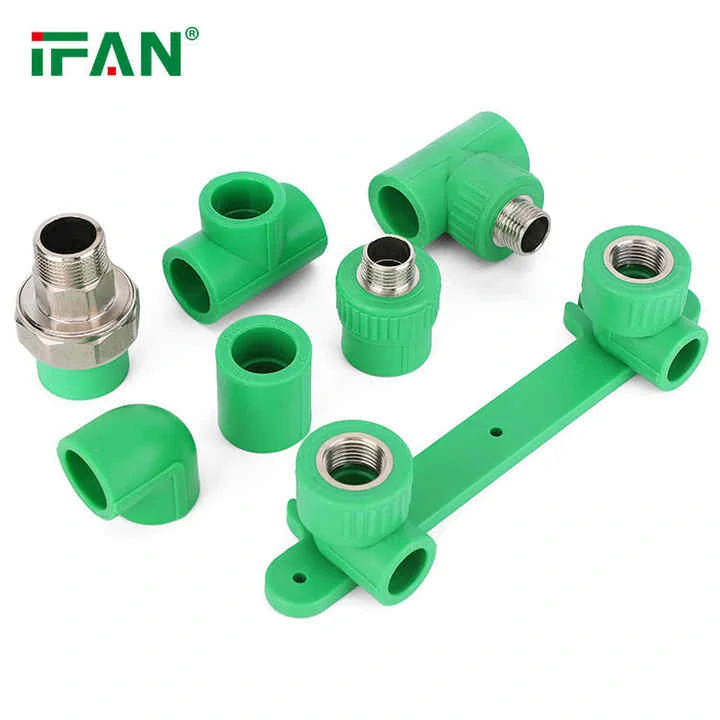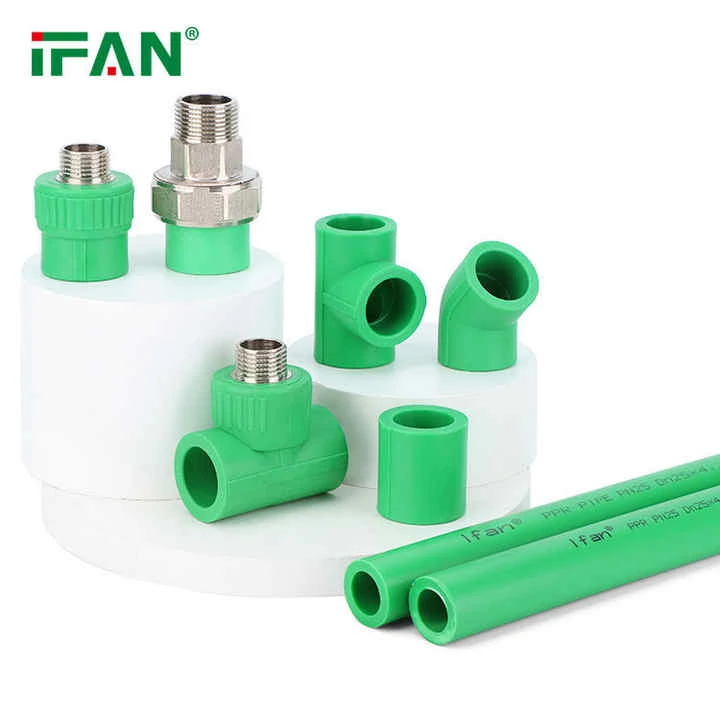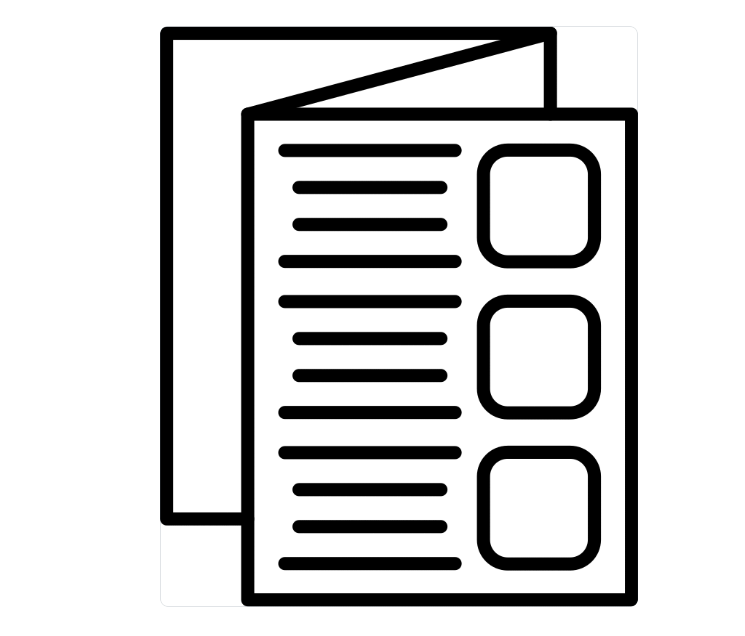IFAN DIN 8077/8078 PPR Fittings
Category : Click Download
Whatsapp : +86 19884503412
Wechat : 19884503412
Description
Understanding PPR Fitting Leaks
A PPR fitting leak typically occurs due to improper installation, material defects, or thermal stress. PPR (polypropylene random copolymer) pipes and fittings are widely used in plumbing for their durability and heat resistance. However, leaks can develop at joints if not correctly fused. Common causes include insufficient heating during welding, misalignment, or contamination during installation. Identifying the leak source is the first step in resolving the issue.
Proper Welding Technique
The most effective way to prevent leaks is using proper heat fusion welding. Ensure the PPR fitting and pipe are heated evenly at the correct temperature (260°C/500°F). Hold them firmly together for the recommended cooling time. Underheating causes weak bonds, while overheating degrades the material. Always follow manufacturer guidelines for heating duration based on pipe diameter. A well-executed weld creates a seamless, leak-proof connection.
Checking for Contaminants
Dirt, grease, or moisture on the PPR fitting surface can prevent proper fusion. Before welding, clean both the pipe and fitting with isopropyl alcohol. Avoid touching the heated surfaces with bare hands. Even small contaminants can create micro-gaps, leading to leaks over time. Inspect the joint visually after cooling—any discoloration or unevenness may indicate contamination issues.
Correct Pipe Alignment
Misaligned pipes stress the PPR fitting, causing premature failure. After welding, ensure the pipe runs straight without forced bends. Use pipe supports every 1-2 meters to prevent sagging. In pressure systems, sudden directional changes increase stress on fittings. Proper alignment distributes forces evenly, reducing leak risks.
Pressure Testing After Installation
Always conduct a pressure test before putting the system into service. Pressurize the pipes to 1.5 times working pressure for at least 30 minutes. Monitor for pressure drops indicating leaks. This test reveals weak joints that may fail under operational loads. Repair any leaks found before final commissioning.
Addressing Thermal Expansion Issues
PPR expands when heated, potentially loosening fittings. In hot water systems, allow for expansion by installing loops or expansion joints. Never rigidly fix long pipe runs—use sliding clips instead. Calculate expected expansion (3mm per meter per 10°C temperature rise) to prevent stress on fittings.
Repairing Existing Leaks
For minor leaks, specialized PPR repair clamps can provide temporary fixes. Permanent solutions require cutting out and replacing the damaged section. When replacing a PPR fitting, ensure the new piece has the same pressure rating. Always fuse at least 10cm away from previous welds to avoid reheating compromised material.
Preventive Maintenance Practices
Regular inspections help detect early signs of fitting failure. Look for moisture, discoloration, or mineral deposits near joints. In hard water areas, descale pipes annually to prevent corrosion under deposits. Maintain system pressure within design limits to extend PPR fitting lifespan. Proper installation and maintenance ensure leak-free performance for decades.
By following these practices, you can effectively prevent and address leaks in PPR fittings. Always prioritize quality materials and professional installation techniques for optimal results.
相关产品
- PPR Fitting
PPR Union Fittings
- PPR Fitting
45 Degree PPR Elbow
- PPR Fitting
PPR Tee Fittings
- PPR Fitting
PPR Elbow Fittings
HAVE ANY QUERIES? SEND TO CONTACTOANTSMACHINE.COM
ONTACT US

